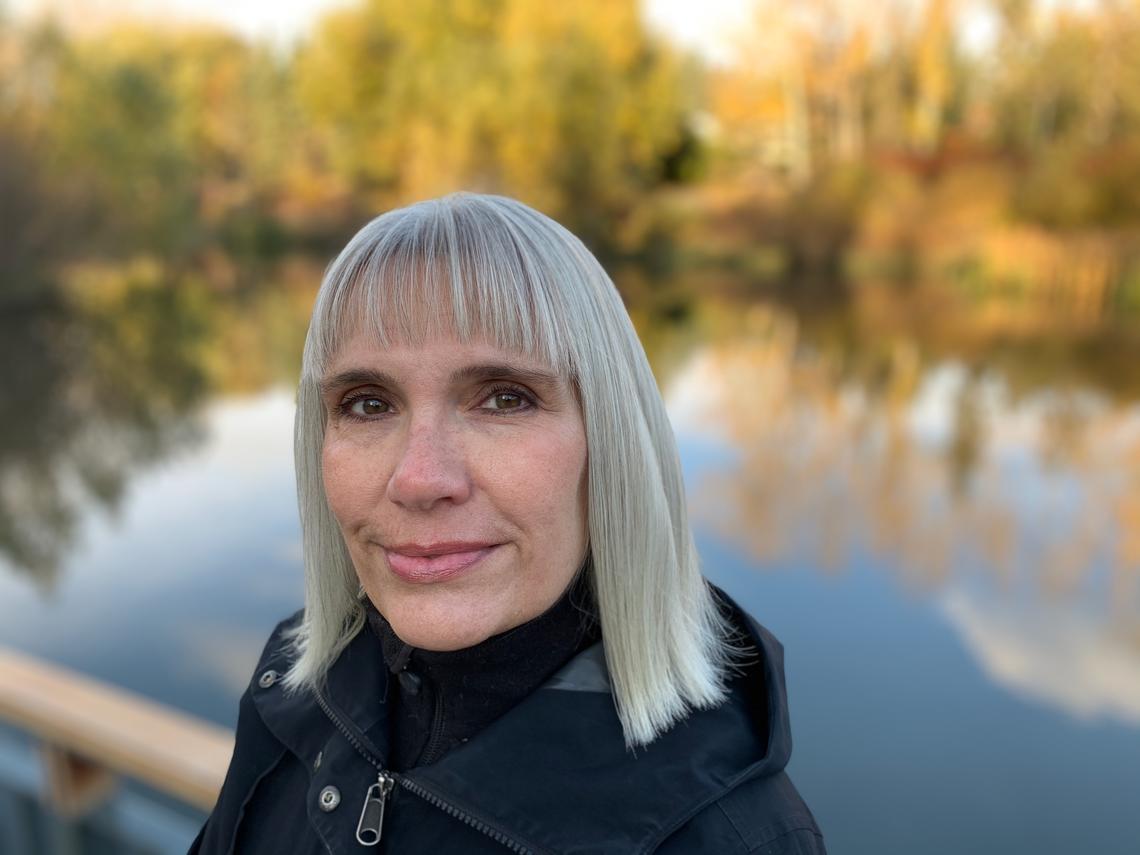Oct. 19, 2020
What We Are Learning This Week with Dr. Maureen Hiebert

October 19, 2020 in POLI 470 Genocide
Dr. Maureen Hiebert is exploring the historical precursors of the Holocaust.
Can you tell us a little more about this topic?
We will begin by exploring the historical evolution of anti-Semitism in Europe from religiously-inspired “Jew hatred” in the Medieval period to race-based anti-Semitism in the late 19th century. We’ll then turn to the political, economic, and security crises experienced by Germany starting in World War I that gave rise to and ultimately destroyed the democratic Weimar Republic and brought the National Socialists to power in 1933. A particular focus of our discussion will be that these crises turned a widespread but relatively benign culture of anti-Semitism into a program of persecution of Germany’s Jews in the first decade of Nazi rule. Key to this story is that the Adolf Hitler and other senior Nazi leaders did not assume power with a plan to exterminate the Jews. Instead, their goal was to make Germany “Jew free” by removing Jews from participation in politics, the economy, and the wider society.

What else do you cover in your course?
Our course begins with the story of how the term “genocide” was coined as both a crime in international law and a phenomenon studied by scholars. To understand why and how genocides occur, we then canvass several theories spanning the individual, group, and system levels of analysis. The rest of the course looks in detail at several cases, beginning with genocides against Indigenous peoples, paying particular attention to Canada’s reservation system and the Indian Residential Schools. We then turn to the major cases of mass violence genocides in the 20th century: the Ottoman genocide of Christian minorities during World War I, the Holocaust, the Cambodian genocide, and the Rwandan genocide. In the final part of the course we study genocidal policies in civil wars and counter-insurgencies including recent cases against the Yazidis by the Islamic State and the Rohingya in Myanmar. We end the course by contemplating what genocides might look like in the future, noting the possible exacerbating effects of climate change on conflicts between groups in a situations of increasing resource scarcity.
How did you come to develop this course?
I developed this course because I’ve been working in the field of Holocaust and genocide studies since my PhD and really wanted to share what I’ve learned through my own research and the work of so many top-notch genocide studies scholars. But the most important reason is that I feel very strongly that genocide education is fundamentally about bearing witness. The victims are gone; they cannot speak for themselves. The survivors grow old and eventually are no longer here to tell their stories. Those who deny genocides try to convince the world that it didn’t happen or it was the victims’ fault. In teaching a new generation about genocide, my goal is to strongly counter these narratives and to ensure that the victims are remembered as individuals and vibrant communities whose loss is a wound to all humanity.
Finally, what other courses would you recommend for students interested this topic?
Students interested in the Holocaust should take a look at HTST 333 The Age of Totalitarianism, HTST History 413 Modern Germany, GERM 357 Topics in Film (which often focuses on the Holocaust), and SOCI 425 The Sociology of Violence.
